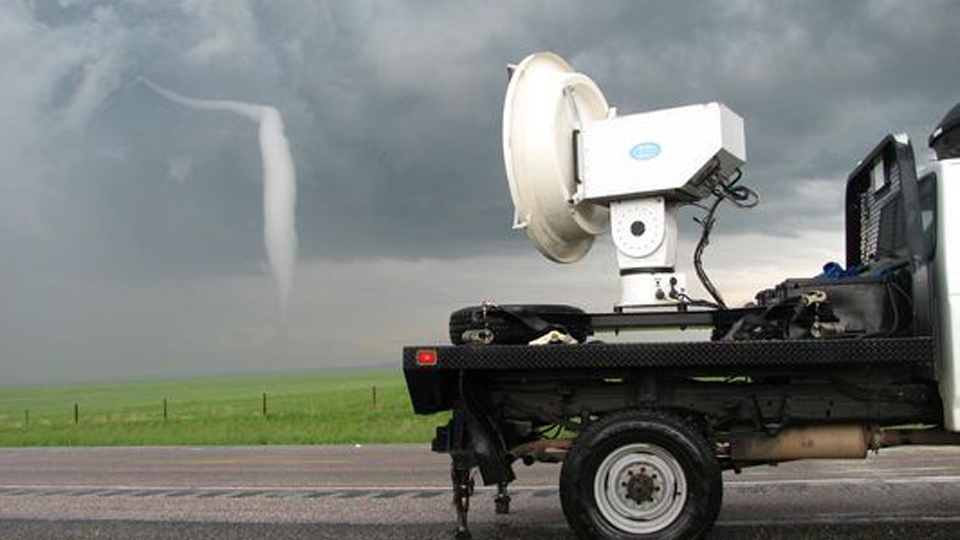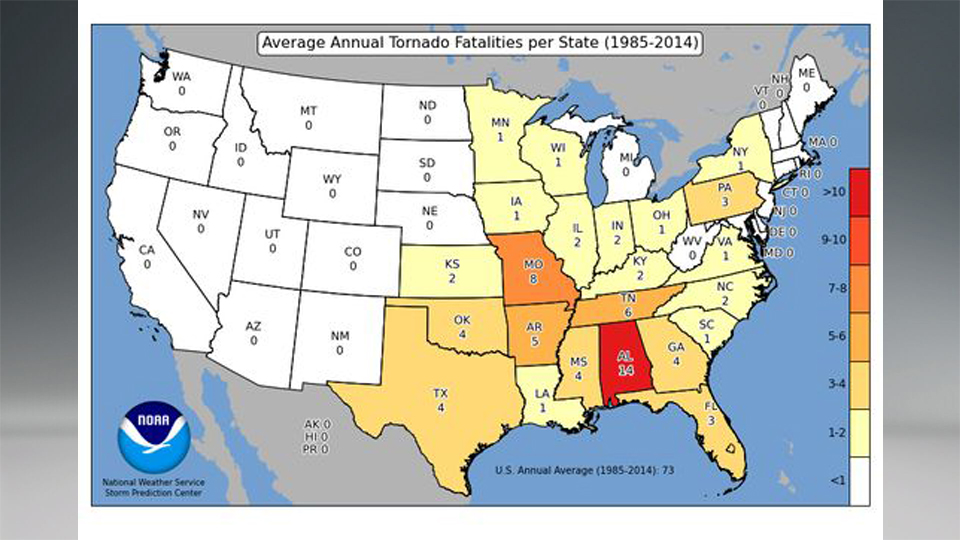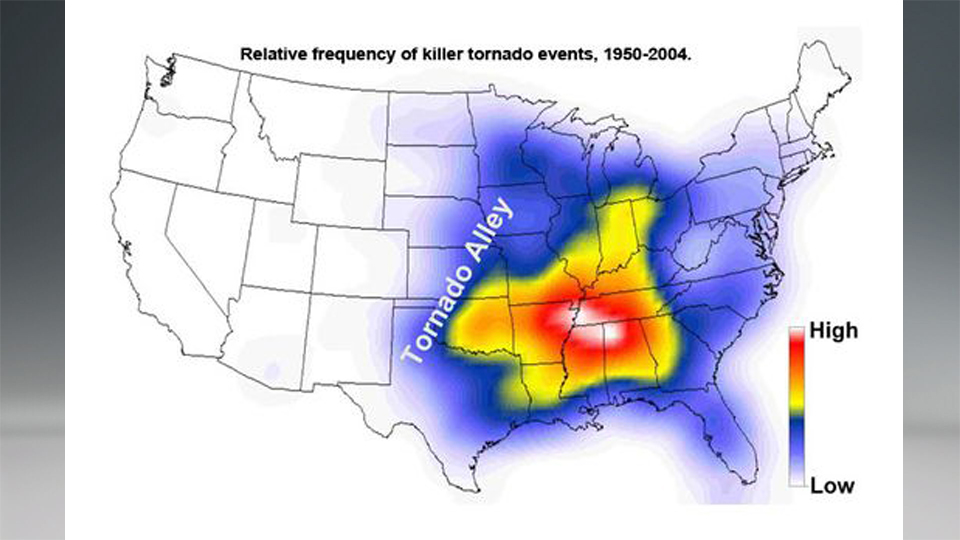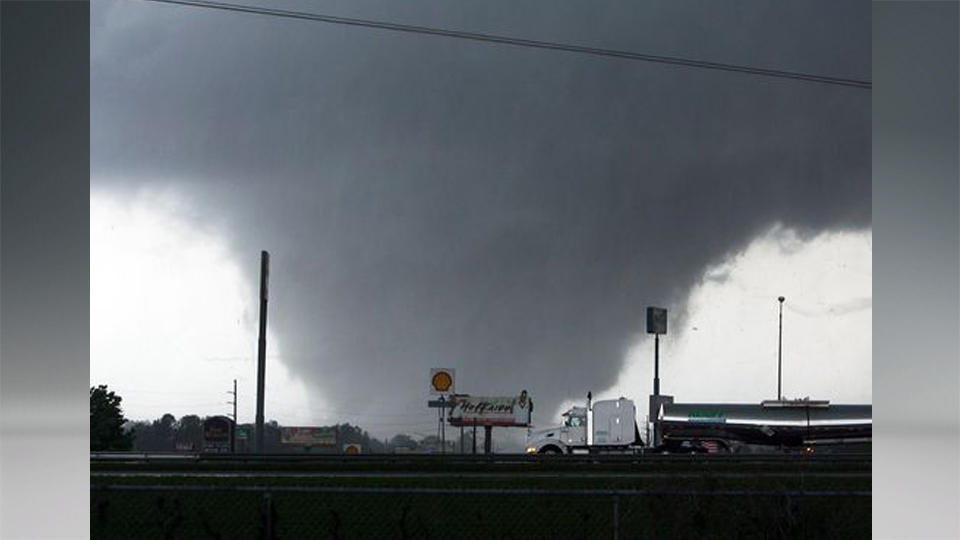Two decades after helping inspire the movie Twister, a vast operation to chase, observe and study tornadoes in the USA is getting a reboot.
Starting Tuesday, 40 scientists from up to 20 different government, research and academic organizations will fan out across the Southeast, focusing for the first time on the so-called Dixie Alley, a region frequently hit by deadly, destructive tornadoes.
Known as VORTEX-SE — a clever acronym for "Verification of the Origins of Rotation in Tornadoes Experiment, Southeast" — the project follows in the footsteps of large research campaigns that began 22 years ago in the “Tornado Alley” of the Great Plains and sparked the 1996 Hollywood blockbuster.
The impetus for the venture — allocated a $5 million budget from Congress — stems from a violent tornado outbreak in April 2011 that left hundreds dead, mainly in Mississippi, Alabama, Georgia and Tennessee.

The new research — to help scientists better understand tornadoes and the complex storms that fuel them as well as improve early warning systems that save lives — is well overdue in the region.
"Tornado density is greater in the Southeast than anywhere else," said Grady Dixon, a geosciences professor at Fort Hays State University in Kansas.
On average, about 40 people die in the nine states that make up the southeastern U.S. each year. Alabama tallies the highest death toll annually with an average of 14, according to data from the Storm Prediction Center.

By comparison, an average of 10 people die from twisters each year combined in Texas, Oklahoma and Kansas, the three states that make up Tornado Alley. Overall, about 73 Americans are killed each year by tornadoes, based on data from 1985-2014.
"I know it is sometimes portrayed as surprising that more deaths occur in the Southeast, but it makes total sense," Dixon said.
Dixon's 2011 study found twisters were far more likely in the region because the storm-fueled forces of nature last longer on the ground there than in the Plains. His research discovered the most tornado-prone area in the country is Smith County, in southeastern Mississippi.
The deadly tornadoes that ripped through the southern and eastern U.S. last week, killing seven, highlight why the twisters researchers will begin studying in depth this week.
Southern tornadoes can sometimes occur in the winter, when people may not be as prepared for their destructive powers that are most often associated with spring. Many also happen at night, making it harder to seek shelter or watch the latest forecasts. Tennessee, Arkansas and Kentucky log the most nighttime twisters, Weather.com reports.
Half the nation's mobile homes, far more susceptible to tornadoes' winds, are located in the Southeast, where they add up to as much as one-fifth of the residences in many counties. Most tornado deaths occur in mobile homes, according to the Storm Prediction Center.
The twisters are different beasts in the wooded, humid and hilly Southeast than they are in the dry, flat and windswept Plains, said Kevin Knupp, a professor of atmospheric science at the University of Alabama in Huntsville, the home base for the project.

That makes chasing the twisters harder in the region, where low clouds add to the list of conditions that can obscure tornadoes until it's too late for residents and researchers alike.
Driving is limited by the terrain and roads there whereas the Plains' orderly grid pattern of highways makes getting around easier and its limited trees allow everyone to see the twisters sooner and more clearly, said Erik Rasmussen, longtime severe weather researcher at the National Severe Storms Laboratory and VORTEX-SE coordinator.
The "rough" forested and urban landscapes of the Southeast make tornadoes spin up in different ways than the "smooth" landscapes of the flat, agricultural Plains, said Knupp. "We don't fully understand their behavior," Knapp said.
Part of the VORTEX-SE project will be to figure that out, he added.
Twister promoted the idea of storm chasers dashing madly to catch the next storm system that might produce a tornado. While mobile teams will be part of the southeastern project, there will be plenty of researchers in fixed locations throughout the region.
"The storms will be coming to us, rather than us going to them," Rasmussen said.
---
Follow the Channel 3 Weather Team on Twitter @wkycweather and on Facebook


